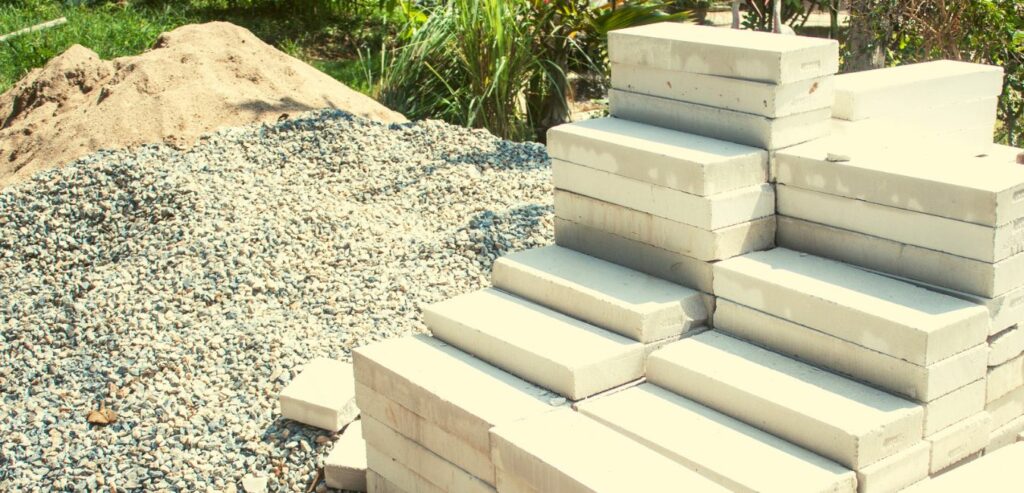Unveiling the Material Marvel: The Intricate Composition of Concrete
Concrete, often perceived as a simple, mundane material, is in fact a complex blend of science and art, a testament to human ingenuity. This article aims to delve into the question, What kind of material is concrete? by exploring its composition, properties, and the innovative advancements in its use.
Concrete is a composite material, primarily composed of cement, aggregates, and water. The cement acts as a binder, holding together the aggregates, which are usually sand and gravel or crushed stone. When water is added to this mix, it triggers a chemical reaction known as hydration, leading to the hardening of the mixture into the solid mass we recognize as concrete.
However, the story of concrete doesn't end with these three basic ingredients. The properties of concrete can be significantly altered by introducing admixtures, which can enhance or modify its characteristics. For instance, accelerators speed up the hydration process, while retarders slow it down. Air-entraining agents introduce tiny air bubbles into the concrete, improving its resistance to freeze-thaw cycles. Plasticizers and superplasticizers increase workability, allowing for the creation of more complex shapes and structures.
The strength and durability of concrete depend largely on the proportion of its components. This proportioning, known as the mix design, is a complex process that requires a deep understanding of the properties of the individual ingredients and their interactions. The ideal concrete mix design achieves a balance between workability, strength, durability, and cost.
In recent years, the concrete industry has seen a surge of innovation aimed at improving the environmental footprint of concrete production. Supplementary cementitious materials (SCMs) such as fly ash, slag cement, and silica fume are being used to partially replace cement in concrete mixes, reducing CO2 emissions. Furthermore, researchers are exploring the use of recycled materials as aggregates, contributing to the circular economy.
Moreover, the advent of high-performance concrete (HPC) and ultra-high-performance concrete (UHPC) has revolutionized the construction industry. These materials offer superior strength and durability, opening up new possibilities for architectural design and infrastructure development.
In conclusion, concrete is a versatile and complex material whose properties can be tailored to meet a wide range of needs. Its composition goes beyond cement, aggregates, and water, encompassing a variety of admixtures and SCMs that modify its characteristics. As we continue to innovate and explore new ways to use and improve this material, concrete promises to remain a cornerstone of human construction for years to come.

Post Comment